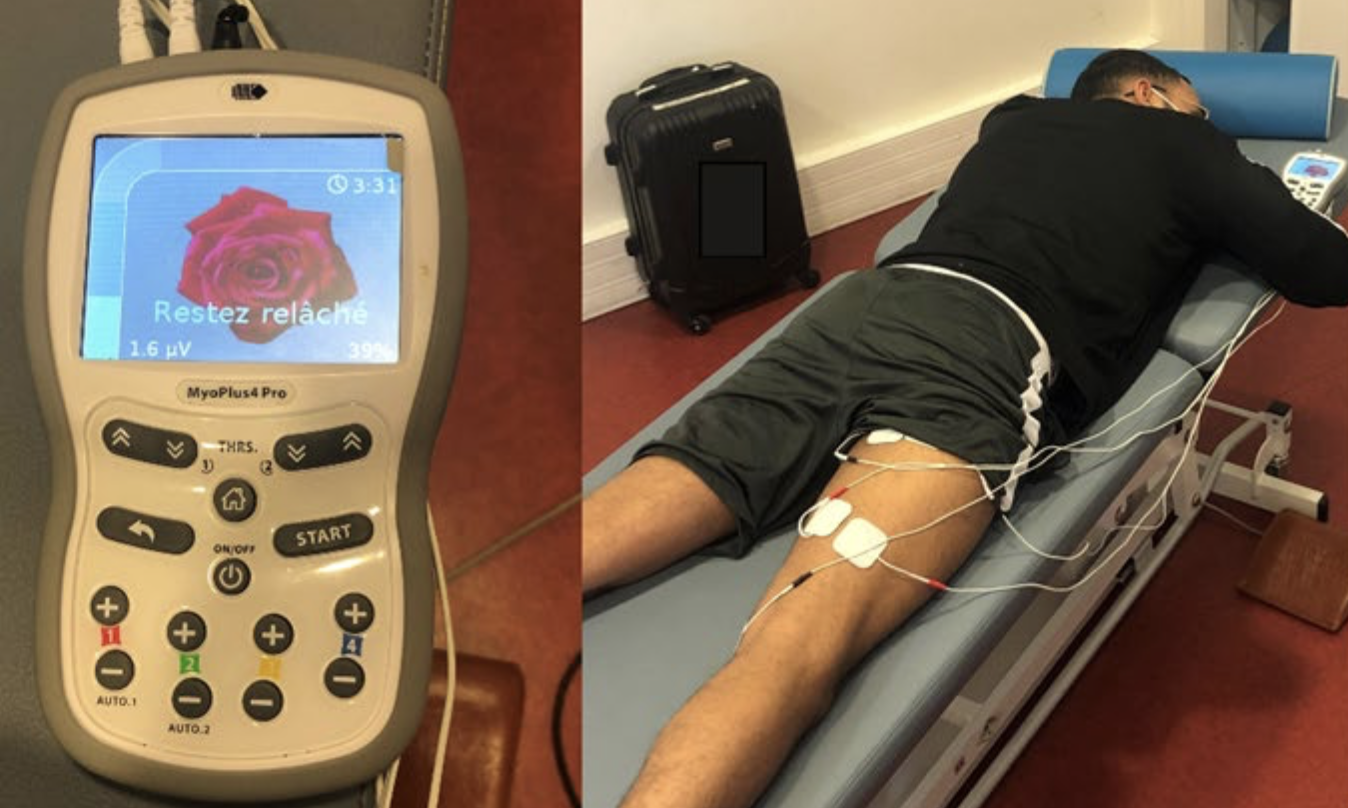
Surface electromyography implementation in football players rehabilitation after lower limb surgery
FEATURE / MAXIME GASPAR & FLORIAN FORELLI
Introduction
Surface electromyography (sEMG) is a commonly used tool in laboratory settings or scientific studies, but it is still under-utilised in everyday physiotherapy practice1,2. In a previous article, we highlighted the role of sEMG in athlete rehabilitation. sEMG is an interesting tool for studying muscle coordination, that is, the distribution of activation among different muscles to produce a specific combination of joint moments3. The signal’s amplitude is dependent, among other factors, on the number of motor units and their firing frequency.
In our daily practice, the use of sEMG is particularly relevant in the rehabilitation of muscle injuries or anterior cruciate ligament (ACL) reconstruction surgery. ACL injuries are arguably the most attention-grabbing knee injuries due to the prolonged recovery period required4. ACL injuries are also associated with an increased risk of subsequent knee injuries, particularly long-term osteoarthritis development, with a 4 to 6 times higher risk5. Achieving symmetrical muscle strength (>90%) is also a key criterion for return to sport.



